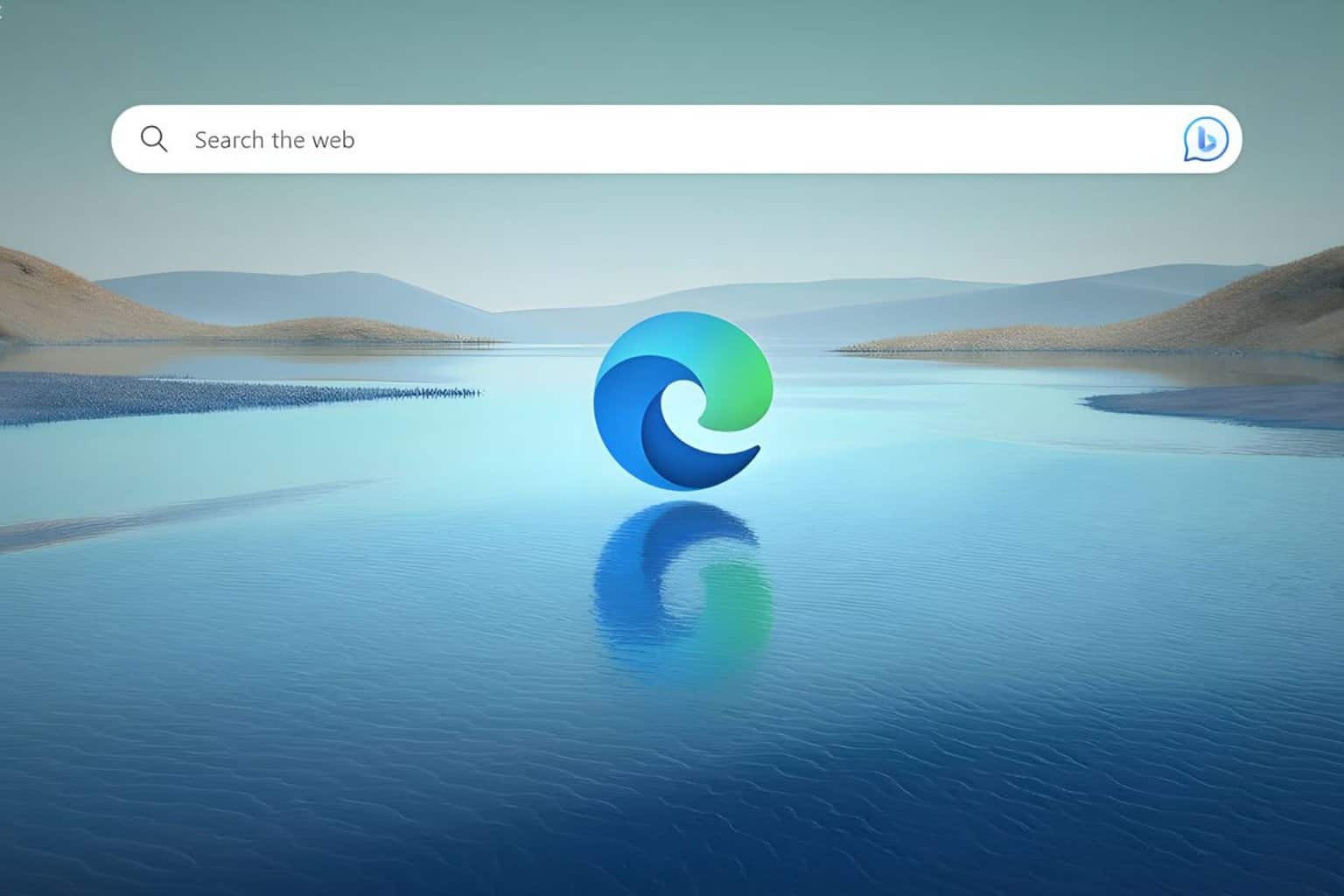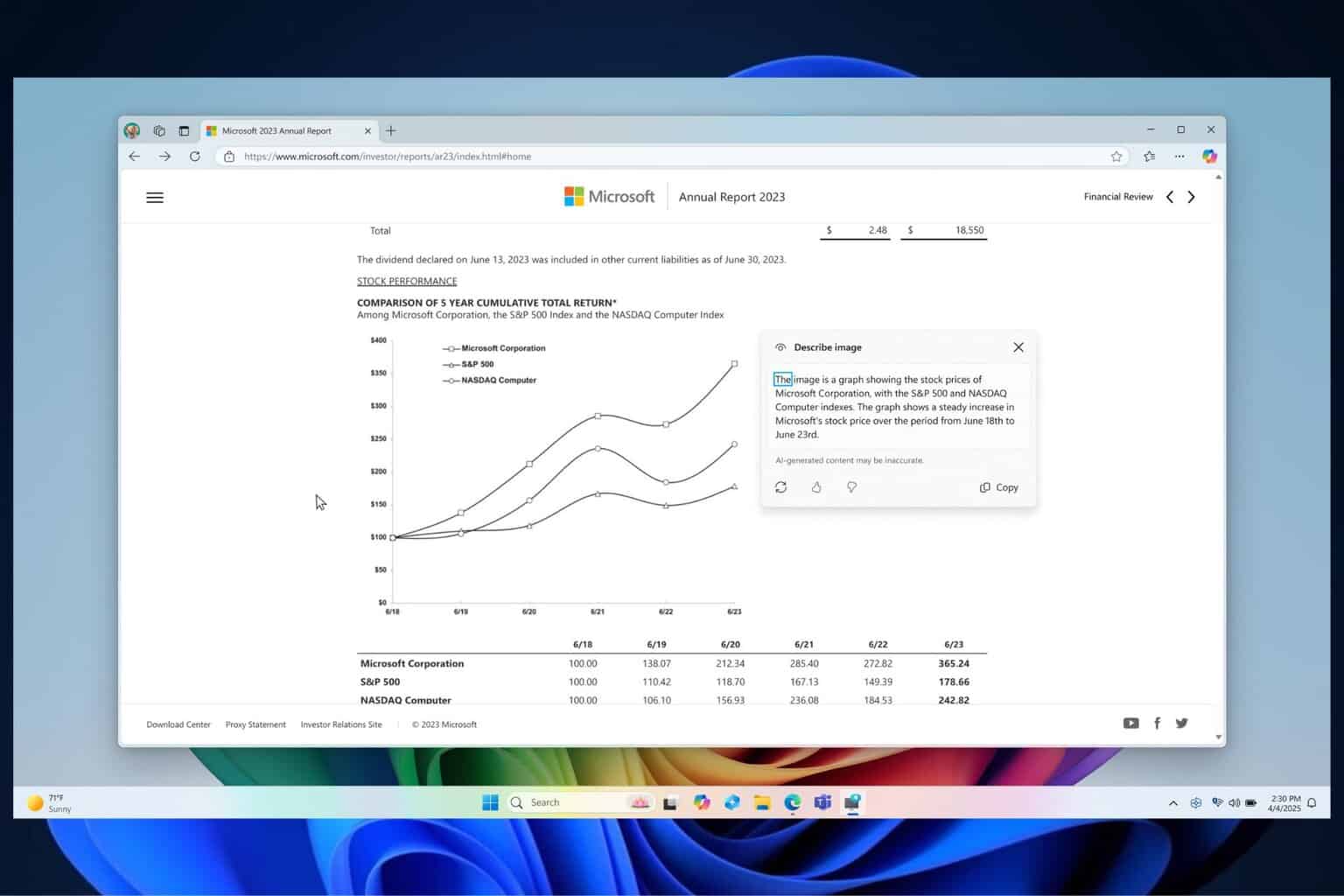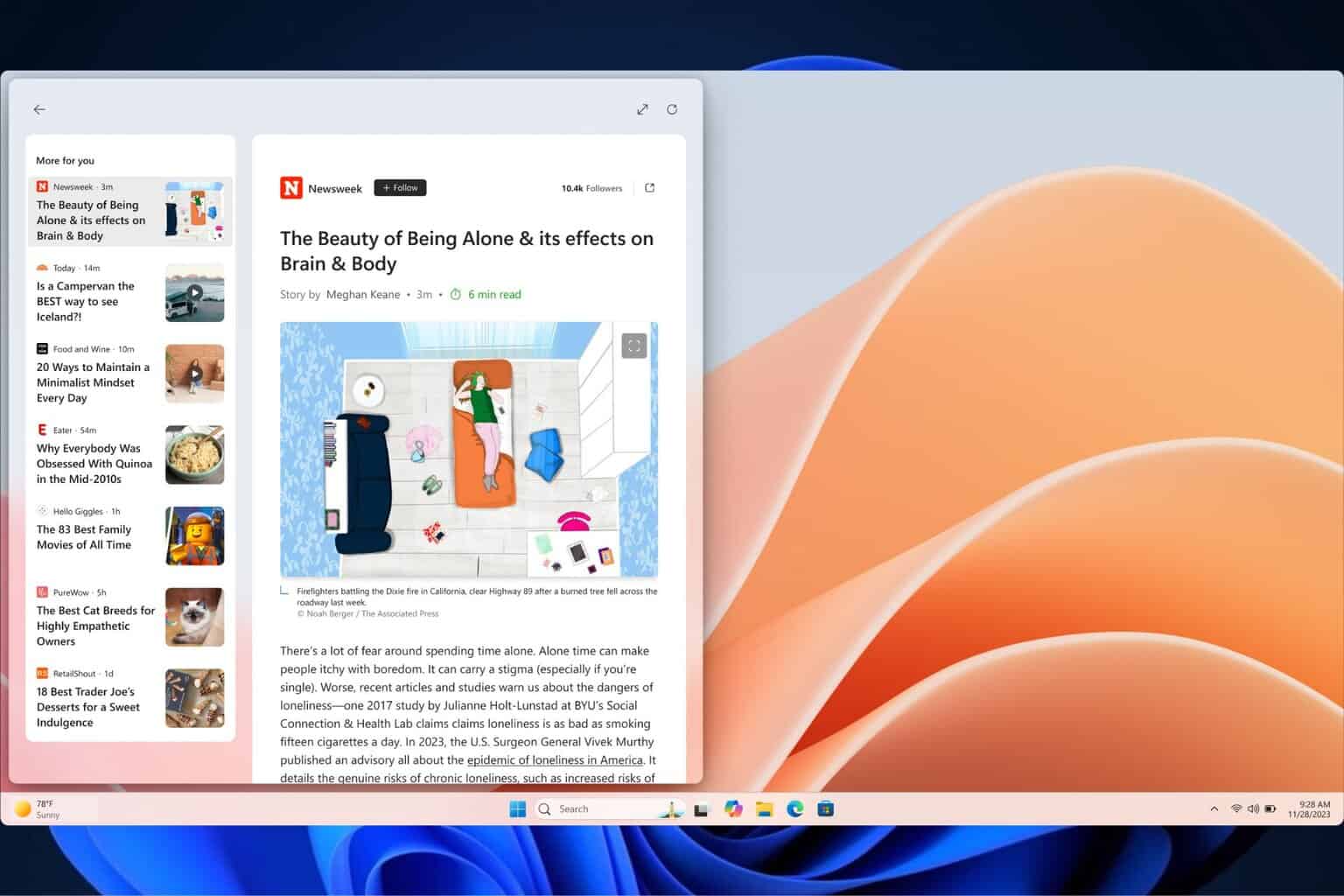Microsoft admits Cross Device Service bug is causing high CPU usage on Windows 11 PCs
The company is likely to roll out a fix to tackle this issue
3 min. read
Published on
Read our disclosure page to find out how can you help Windows Report sustain the editorial team. Read more

After multiple user complaints, Microsoft has finally acknowledged that the Cross Device Service bug is the main culprit behind the high CPU usage.
The news comes via Neowin which reported that Windows Insiders and users have been investigating this issue using the Task Manager after they suspected something is wrong with their system.
Microsoft Cross Device Service blamed for high CPU usage in Windows 11 PCs
On June 5, 2024, Microsoft Community Form user, leginmat90, first reported this bug. The user posted:
Noticed this began a few days ago. Initially, it was my CPU fan running unusually high, and also noted high idle temps. The task manager then shows Cross Device Service running my CPU at 7-10% continuously. As soon as I terminate this program, my CPU returns to normal idle conditions.
How do I disable this feature?

This post has garnered forty-eight upvotes, which also means that the issue is not limited to a user. It is possible that the bug might have emerged from the recently added improvements to Windows 11’s Cross Device Service.
If you aren’t aware, the service allows your PC to sync with your smartphone for file and media sharing. Although many associated the issue with the Phone Link feature, we can’t rule out the possibility of older changes made to Cross Device Service within a year being the real culprit.
The good news is Microsoft finally came forward to address the Cross Device Service bug. Microsoft Engineer Jennifer G replied to the post and said: Appreciate your patience, we’ve identified the cause and are working on a fix.
It is worth noting that the response on the Feedback Hub was posted a week ago, but we still await the fix. Having gone through the Recall blunder lately, we expect Microsoft to act fast to resolve any issue that comes their way.
Disabling the feature could resolve this issue
As leginmat90 noted, terminating the program brings the CPU to normal. The user even asked for help through the post to disable the feature altogether. If you are also facing a similar issue you can try disabling the feature.
We have mentioned the steps to disable Microsoft Cross Device Service as suggested by Community Forum user, ViniciusMU.
- Press Win + R to open the Run dialog box.
- Type services.msc and press Enter.
- In the Services window, locate the Cross Device Service.
- Right-click on it and select Properties.
- Change the Startup type to Disabled.
- Click Apply and then OK
It will be interesting to see when Microsoft rolls out the fix for the reported Cross Device Service bug. Not to forget, in March, the then newly announced Cross Device Experience Host was reported to have multiple bugs.
Did disabling Microsoft Cross Device Service help you resolve the issue? Please share your thoughts with our readers by commenting below.








User forum
0 messages